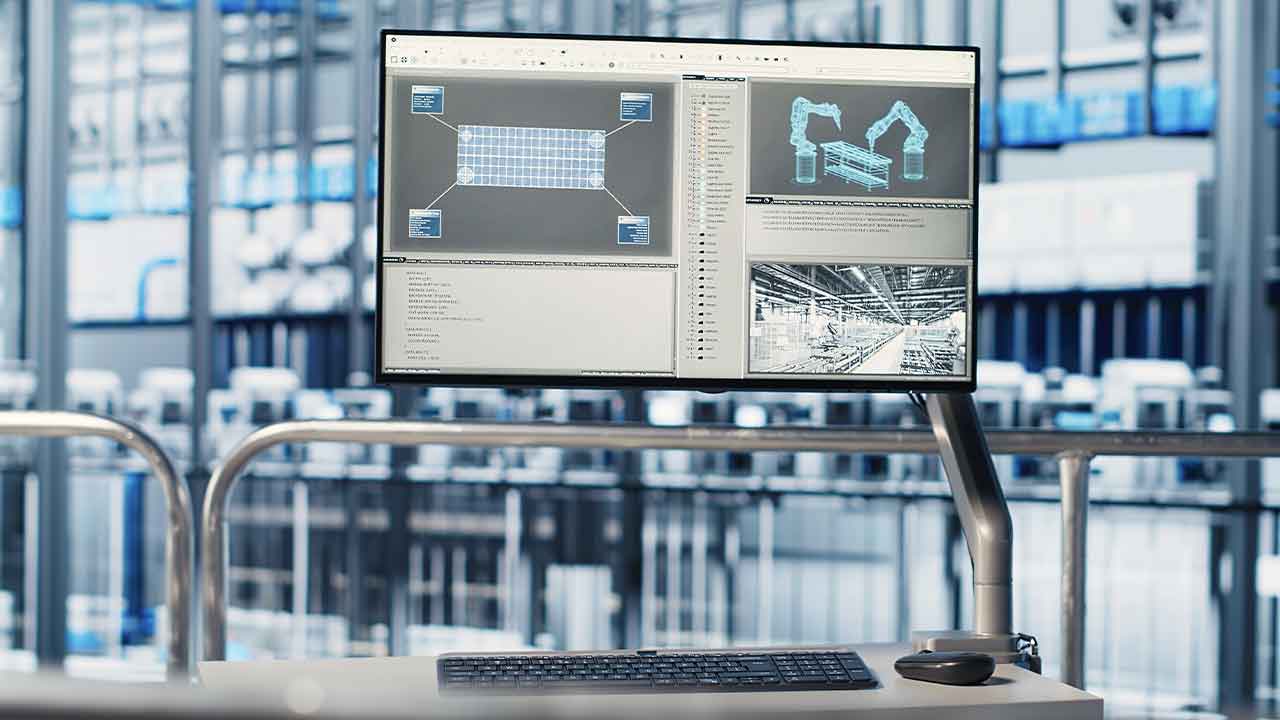Toyota’s Two-Pronged Approach to IIoT
Toyota’s investment in the Industrial Internet of Things (IIoT) is characterized by a strategic, two-pronged approach that balances long-term digital transformation initiatives with smaller, immediate-impact projects. This method not only drives substantial technological advancements but also empowers employees and maximizes the utility of existing assets for data connectivity. This comprehensive approach ensures that Toyota can continuously innovate and adapt to the evolving demands of the manufacturing industry.
Large-Scale, Long-Term Digital Transformation
Toyota’s first approach involves significant investment in large-scale, long-term digital transformation projects. These initiatives aim to create a globally integrated system for data utilization. However, they come with challenges, such as lengthy timelines and the potential for momentum loss over time. Despite these challenges, these projects lay the groundwork for future advancements, enabling Toyota to develop a robust digital infrastructure that supports comprehensive data integration and utilization across the organization.
Smaller, Short-Term Projects for Immediate Value
The second approach focuses on smaller, short-term projects that provide immediate value and build capabilities. These projects are integrated into current operations, including model changes, capital upgrades, and the development of new facilities. By implementing IIoT solutions on a smaller scale, Toyota can quickly demonstrate value, build team skills, and gather insights from real-world applications. This method aligns with the “think big, act small” philosophy, balancing a long-term vision with practical, near-term gains.
Empowering Employees to Scale IIoT Solutions
Toyota’s success in IIoT is not just about technology but also about empowering employees. The company uses two main methods to achieve this:
1. Human-Centric Design Philosophy:Toyota provides employees with the ability to deploy and configure new products without needing specialized knowledge. This approach fosters a sense of agency and ownership over IIoT projects, encouraging employees to actively participate in the digital transformation process.
2. Promoting Kaizen (Continuous Improvement):The concept of Kaizen is deeply embedded in Toyota’s culture. By promoting continuous improvement, Toyota encourages all employees, regardless of their role, to contribute to the development and enhancement of IIoT solutions. This inclusive approach ensures that valuable insights from all levels of the organization are integrated into the company’s digital strategy.
Leveraging Existing Assets for Data Connectivity
To enhance agility and lean manufacturing processes, Toyota focuses on leveraging existing deployed capital for data connectivity. This strategy involves utilizing current equipment and infrastructure to gather valuable data, thereby avoiding the need for extensive new investments. Here are some specific examples of how Toyota leverages existing assets:
1. Weld Shops:Toyota has networked its weld timers to gain a better understanding of weld creation patterns through current analysis. This data helps identify expulsions, which, while not necessarily defects, can lead to downtime and rework.
2. Robot Controllers:By leveraging data from robot controllers that monitor servo motor current and temperature, Toyota can prevent breakdowns. Networking these controllers allows for central analysis and predictive maintenance, reducing unplanned downtime.
3. Camera Networks:Initially deployed for team member self-coaching through skeletal tracking and analytics, Toyota discovered additional value in these camera networks. By associating images with specific vehicle bodies, the company improved traceability and root cause analysis in their countermeasure processes.
A Two-Pronged Approach to Data Utilization
Toyota’s strategy for data connectivity involves both device-specific solutions and in-house expertise:
1. Device-Specific Solutions:Toyota leverages proprietary analytics tools from device makers when these tools provide the most efficient way to analyze data. This is particularly useful for equipment with complex inner workings.
2. In-House Expertise:To address the challenge of diverse equipment from various manufacturers, Toyota established in-house machine learning and AI development groups. These groups aggregate data from multiple sources to create custom solutions tailored to Toyota’s specific needs. This approach is especially valuable for areas where analysis directly impacts core customer value, such as vehicle quality.
Connectivity in New and Existing Facilities
Toyota recognizes the importance of data connectivity in both existing and new facilities. In new facilities, such as their battery plant in North Carolina, Toyota emphasizes incorporating connectivity from the outset. This strategy ensures that new projects are equipped with the necessary infrastructure for data-driven decision-making from the beginning, aligning with the company’s gradual build-up of capabilities and value demonstration through smaller projects.
Toyota’s two-pronged approach to IIoT investment exemplifies how balancing long-term digital transformation initiatives with short-term, high-impact projects can drive sustained innovation and operational excellence. By empowering employees and leveraging existing assets for data connectivity, Toyota not only enhances its manufacturing processes but also prepares for a future where data-driven insights and AI play a critical role in maintaining competitive advantage.
Source: “Unlocking the Potential: Exploring the Most Valuable IIOT Devices You Already Use” session sponsored by Omron at the IIoT World Manufacturing Days. This is an excerpt from the discussion summarized by notebooklm anc chatGPT based on the session’s video transcript. It was verified and edited by IIoT World’s team. For more insights, watch the session on-demand.



